Evolution of AIS Testers
What is AIS?
The AIS (Automatic Identification System) is a vessel tracking system that serves to identify ships, their dimensions, course and other data using VHF radio waves. It is designed to provide information about the ship to other ships and to coastal authorities automatically.
The data must be transmitted with the required accuracy and frequency, to facilitate accurate tracking. It is transmitted on international communication channels AIS 1 (161.975 MHz, previously known as channel 87B) and AIS 2 (162.025 MHz, previously known as channel 88B) in the SOTDMA (self-organized time-division multiple access) protocol. Frequency modulation with GMSK manipulation is applied.
In accordance with SOLAS 74/88 (Chapter V, Regulation 19), AIS is mandatory for vessels of 300 gross tonnage and upwards engaged on international voyages, cargo ships of 500 gross tonnage and upwards not engaged on international voyages, and all passenger ships irrespective of size.
The AIS is not part of the GMDSS, and the information provided by this system is complementary to marine radar (marine radar is still the primary method of collision avoidance for marine transport). Nevertheless, the AIS makes a significant contribution to maritime security. Its role is enhanced by the use of satellite technologies in this area. Moreover, the AIS-SART (AIS Search and Rescue Transmitter), a new type of radar equipment, is classified as a part of the GMDSS. In this device, the idea of a radar transmitter is combined with new positioning technologies.
AIS testing
According to SOLAS Chapter V Regulation 18.9, the automatic identification systems (AIS) must be tested annually: “The test shall be conducted by an approved surveyor or an approved testing or servicing facility. The test shall verify the correct programming of the ship static information, correct data exchange with connected sensors as well as verifying the radio performance by radio frequency measurement and on-air test using, e.g., a Vessel Traffic Service (VTS). A copy of the test report shall be retained on board the ship”.
The Guidelines on annual testing of the AIS were approved by the Maritime Safety Committee, at its eighty-third session (MSC.1/Circ.1252 adopted on 22 October 2007).
Annual testing should determine that the AIS is operating as defined in appropriate performance standards (IMO Resolution MSC.74(69), Annex 3; Resolution A.1106(29) and IEC standard (IEC 61993-2:2018) and is conducted by a qualified radio inspector authorized by the administration or a recognized organization.
The radio inspector must have a special equipment necessary to perform the survey correctly - the AIS Tester. This device helps to decode and check all programming information, as well as to carry out the performance tests - to measure frequencies, output power, poll information, read data from AIS/send data to AIS, check AIS response to "virtual vessels", etc.
AIS testers models review
In our historical review, you will find out what the first AIS testers were like, what they were able to do, and what are the features of modern AIS testers. However, the singular is more suitable here, since there is only one tester with such a narrow specialization in today's market.
2000 - AITS-R (AIS Installation Test Set. Radiated Version)
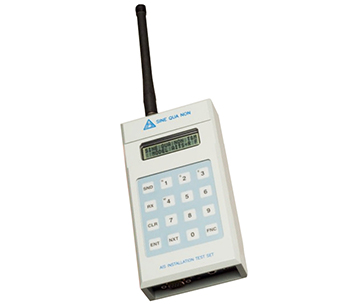
- Manufacturer (country): Sine Qua Non (South Africa)
- Supported equipment: AIS Class A, AIS Class B, AtoNs, AIS Base stations
- Frequency measurements in AIS1, AIS2, DSC: yes
- Power level measurement: yes
- AIS messages decoding: yes
- DSC messages decoding: yes
- Virtual vessel: no
- Pilot plug test: yes
- Dimensions: 20.9x10.1x4.1 cm, 0.7 kg
- Available for purchase: no
The first AIS tester was developed by Sine Qua Non under the guidance of its director, a keen enthusiast, George Fyfe. He was inspired by the idea to develop leading edge electronic technology.
In the early 1990s, George worked on the development of AIS transponder technology, invented the “TDMA Semaphore Concept" in the field of AIS. Later, due to circumstances, he shifted his focus to developing AIS test sets. By this time, it became clear that there was a need for a device to measure the operational status of the AIS installation. Soon AITS-R appeared.
At the time when the device was designed and manufactured, there were no approved requirements for AIS, the work was carried out on the basis of draft documents of the working group.
AITS-R was an operational hand held unit that supported all types of AIS equipment: AIS Class A, AIS Class B, AtoNs and AIS Base Stations.
The device, when connected to a PC, could measure, receive and generate messages over all channels - AIS1, AIS2 and DSC using special software. It also allowed to measure frequencies in these channels and power.
Measurements could be carried out with an antenna or cable.
AITS-R could be used as an installation test set and for checking the encoded AIS data: positional, static or voyage.
The tester had a relatively lightweight case with LCD and a built-in battery which made the device portable. It allowed to create reports when connected to the PC.
In 2007 IMO issued MSC.1/Circ.1252 Guidelines on annual testing of the automatic identification system (AIS). AITS-R did not meet all of the performance standards recommended in this document (for example, it didn’t perform the test “Check AIS response to virtual vessels”, etc). As for the AIS health check, the tester of Sine Qua Non was quite advanced in this area.
2009 - AIS Tester M1
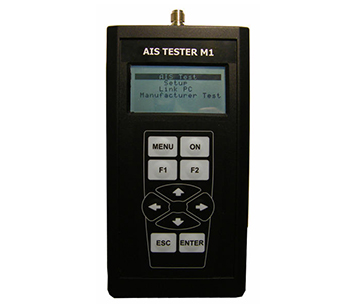
- Manufacturer (country): Musson Marine (Ukraine)
- Supported equipment: AIS Class A and Class B stations
- Frequency measurements in AIS1, AIS2, DSC: yes
- Power level measurement: yes
- AIS messages decoding: yes
- DSC messages decoding: yes
- Virtual vessel: yes
- Pilot plug test: yes
- Dimensions: 29.5x20x12.5 cm, 0.55 kg
- Available for purchase: no
Musson Marine (a subsidiary of Aeromarine SRT now) is a company that created a line of professional testers for marine radio surveyors. AIS Tester M1 was one of them.
An innovative device based on SDR technology allowed to perform all scope of IMO tests automatically. All the user had to do was connect it to the AIS station, run the test and take a cup of coffee while the device was completing all tests and checking the station parameters.
Automatic test scope included:
-
Measurement of frequencies on AIS ch.1 and 2, GMDSS ch.70
-
Measurement of transmitting output on AIS ch.1 and 2, GMDSS ch.70
-
Poll information on ch.70
-
Reading data from AIS on A and B channels
-
Sending data to AIS on A and B channels
-
Checking AIS response to "virtual vessels"
Thus, the tester fully met the requirements of IMO MSC.1 /Circ. 1252.
The measurements could be made by direct connection via an attenuator or by means of antenna. In the second case MMSI filter should be applied.
The device was compact and relatively lightweight (about 500 grams), it had an LCD that allowed to control the tester's operation using a convenient interface.
Due to the special OS Windows software, the AIS test reports were created and printed in IMO-required format. Most of the collected and measured data were put automatically.
Tester allowed checking the pilot plug or external sensor as a terminal.
2018 - AIS Tester M1
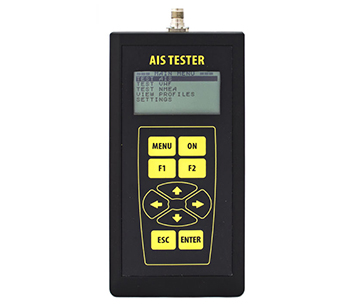
- Manufacturer (country): Aeromarine SRT/former Musson Marine (Ukraine)
- Supported equipment: AIS Class A and Class B stations; AIS-SARTs; AIS base stations; VHF Radios with DSC; AtoNs
- Frequency measurements in AIS1, AIS2, DSC: yes
- Power level measurement: yes
- AIS messages decoding: yes
- DSC messages decoding: yes
- Virtual vessel: yes
- Pilot plug test: yes
- Dimensions: 29.5x20x12.5 cm, 0.55 kg
- Available for purchase: yes
This tester is the next generation of the AIS Tester M1. It succeeded by retaining its best features, including automatic IMO scope testing, which made AIS Tester the # 1 preferred solution for surveyors on the market.
Outwardly, this model of AIS tester does not differ much from the previous version of the device for 2009. Yes, the case has become more wear-resistant, the color scheme of the front panel has changed (for greater convenience in unfavorable lighting conditions). But that's not the point - the tester is built using more modern hardware platforms. By means of 2 transceivers it supports simultaneous testing on 2 channels - Channel 1 and Channel 2 - to speed up tests.
Test scope was extended to cover all AIS equipment on the market:
-
AIS Class A and B stations
-
AIS-SARTs
-
AIS Atons
-
AIS Base Stations
In addition, the unit has the ability to perform testing of common VHF radios and decode DSC messages.
AIS Tester M1 became compatible with the GMDSS Tester Software Cloud Edition, a new innovative way of processing and generating test reports that makes their creation easier than ever.
OS support has been expanded: it is finally possible to connect the tester to MacBook or other Apple Mac OS devices.
Now the device is supplied with a water and dust proof case. Complete set is supplemented with a special connector and adapters to cover almost all of AIS Stations.
Conclusion
The AIS tester of the South African company was undoubtedly an interesting device, it had its own market share and was in demand. Later it was replaced by a shift in demand towards the convenience of automatic measurement and protocol generation.
Thus, the AIS tester by Musson Marine (later Aeromarine SRT) became the de facto industry standard for testing AIS stations since 2012, when their performance testing became mandatory by IMO.
The device is still relevant. It is constantly being improved in both its usability and measurement accuracy.
By Olga Davydova
This article is one in a series of GMDSS testers history research. Welcome to the full edition:
Intro: Evolution of testers for GMDSS radio equipment
Part 1. Evolution of EPIRB testers
Part 2. Evolution of GMDSS MF/HF/VHF testers
Part 3. Evolution of SART testers
Part 4. Evolution of AIS testers
Part 5. Evolution of GMDSS multi testers
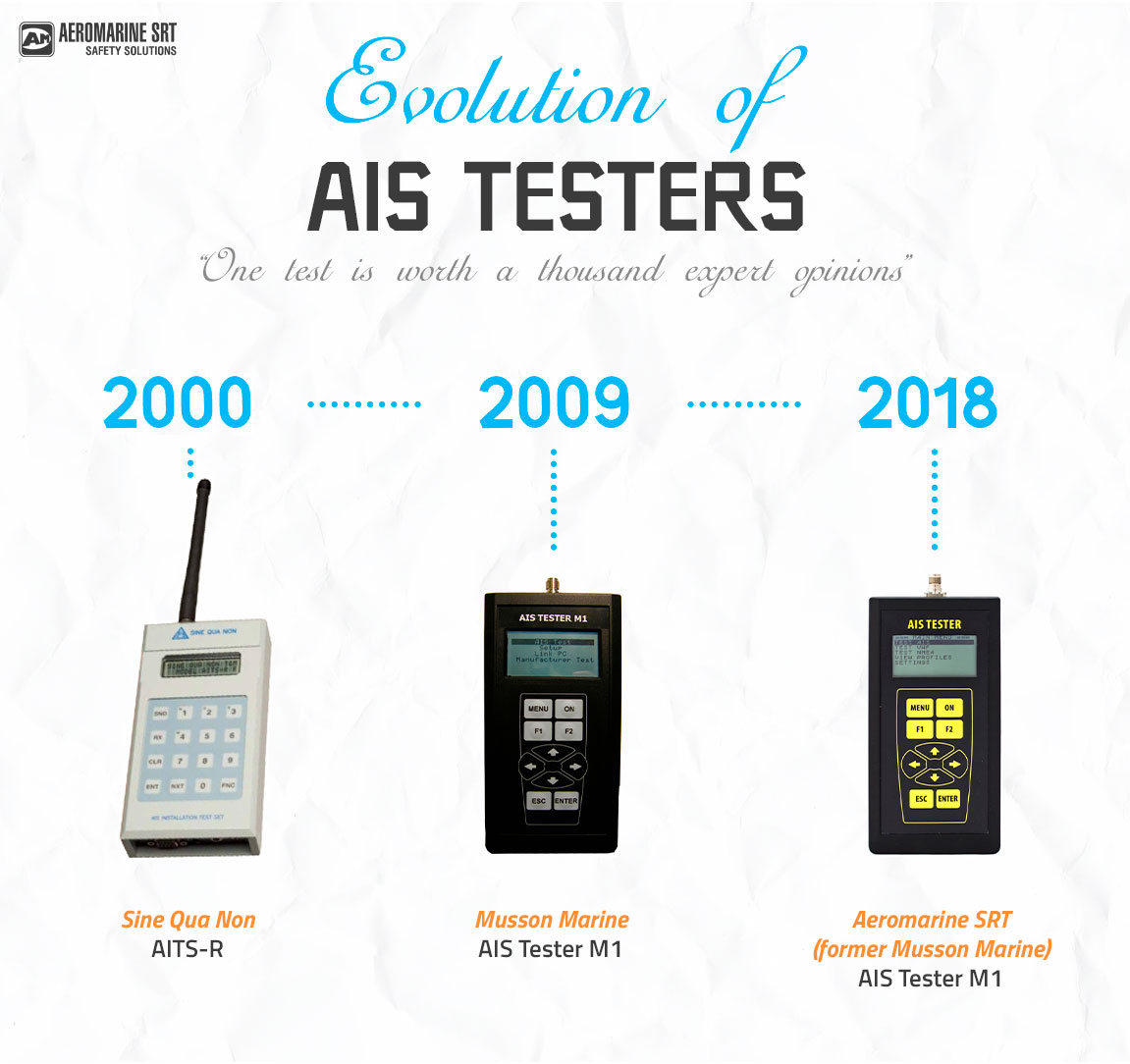
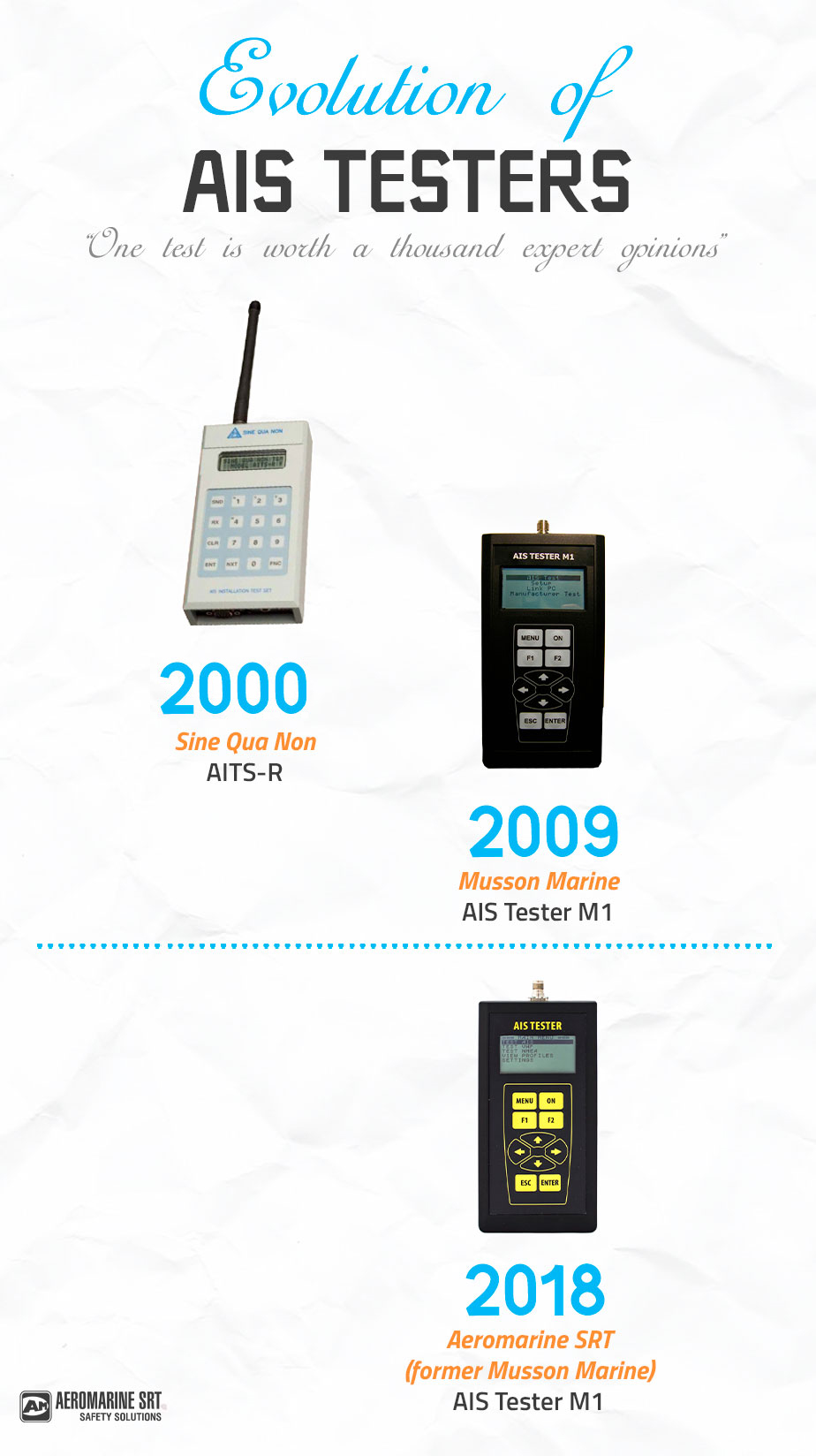

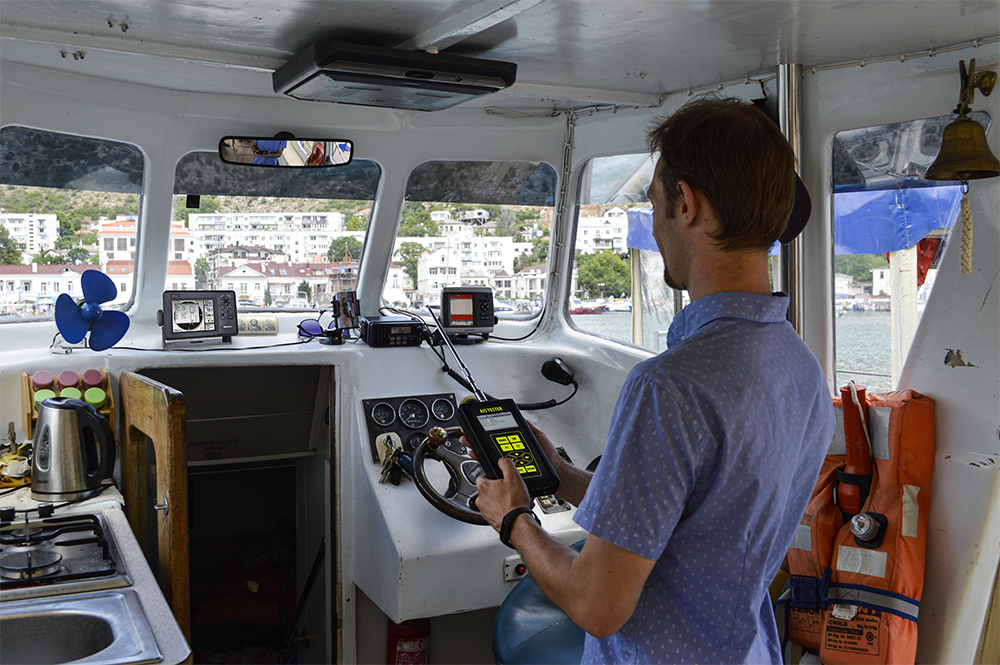


Be the first to comment